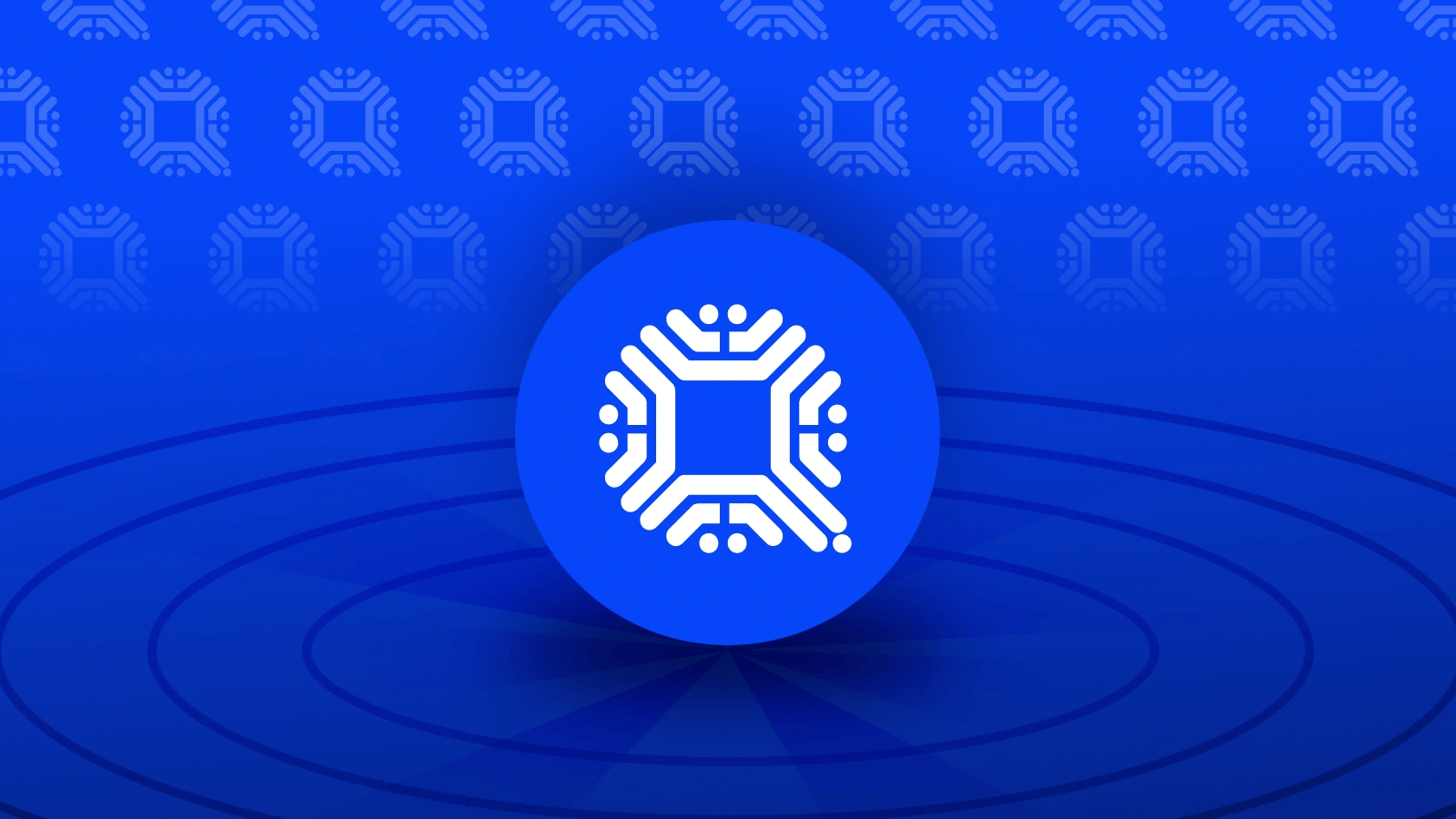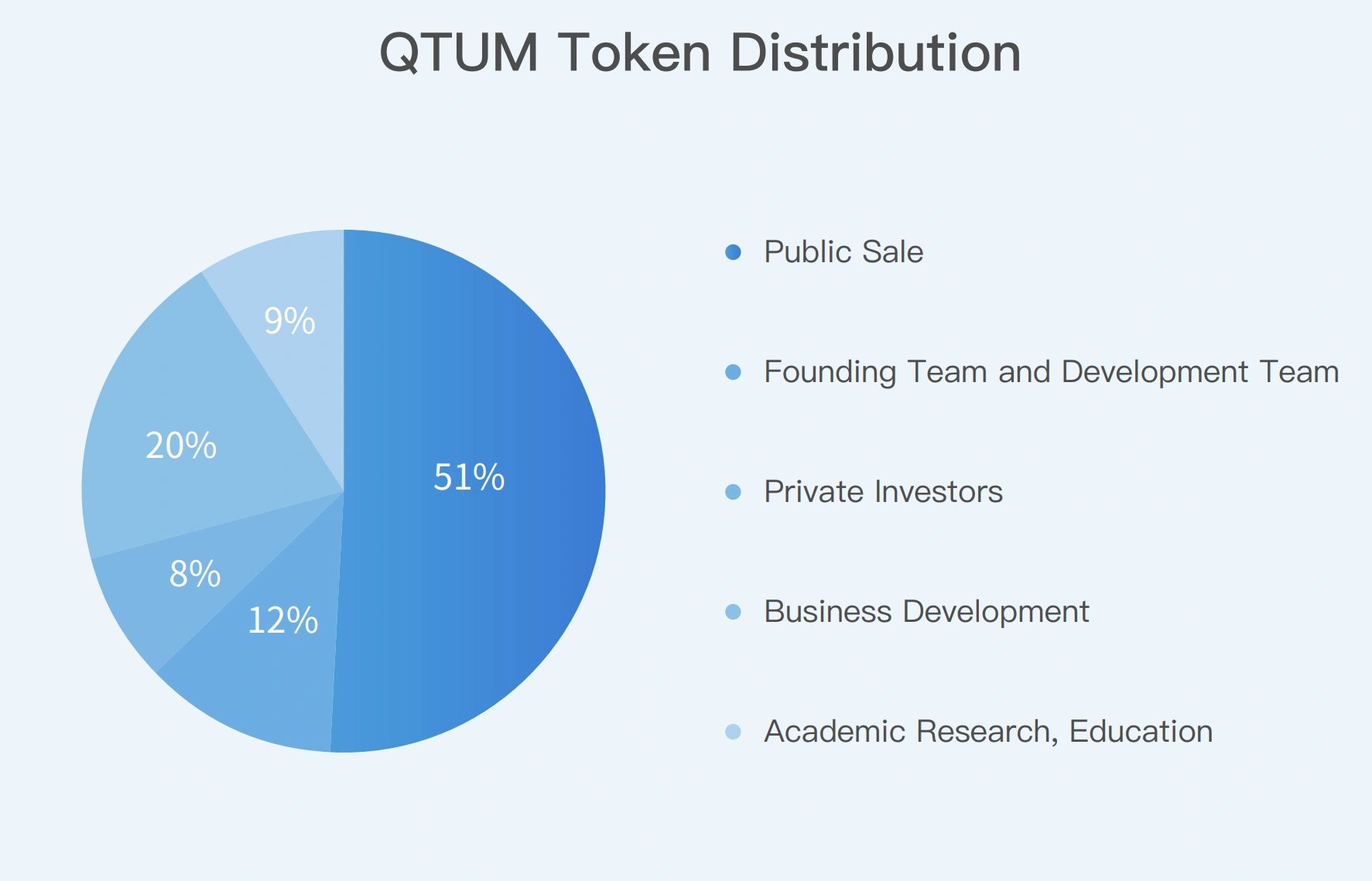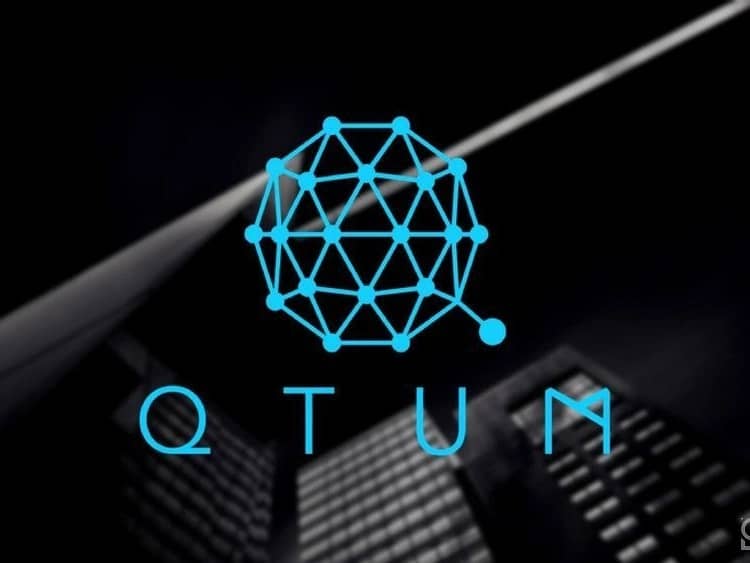위키 구독하기
Share wiki
Bookmark
Qtum
Qtum
Qtum(퀀텀)은 기업 및 비즈니스 애플리케이션에 사용할 수 있는 암호화폐입니다. 2017년 10월, Qtum은 Coin Market Cap 기준으로 15번째로 큰 암호화폐였습니다.[1]

특징
수정된 비트코인 코어 인프라와 이더리움 가상 머신 (EVM)의 상호 호환 가능한 버전을 결합하여 Qtum은 비트코인의 확실한 블록체인의 안정성과 스마트 계약이 제공하는 무한한 가능성을 결합합니다. 안정성, 모듈성 및 상호 운용성을 염두에 두고 설계된 Qtum은 실제 비즈니스 중심의 사용 사례에 적합한 신뢰할 수 있는 분산형 애플리케이션을 구축하기 위한 최고의 도구 키트입니다. 최초의 판매 시점 합의 프로토콜과 결합된 하이브리드 특성을 통해 Qtum 애플리케이션은 주요 블록체인 생태계와 호환될 수 있으며 모바일 장치 및 IoT 기기에 대한 기본 지원을 제공합니다.[3]스마트 계약 라이프사이클 관리Qtum은 학계 파트너와 협력하여 비즈니스 스마트 계약 개발을 위한 워크플로를 표준화하는 도구와 방법을 개발합니다. 여기에는 사람이 읽을 수 있는 계약을 머신 스마트 계약으로 공식적으로 검증 가능하게 변환하고 요소, 조건 및 약관을 오류에 강하게 지정하는 것이 포함됩니다. [2]
기술적 특징
계정 추상화 계층 (AAL)
Qtum의 계정 추상화 계층(AAL)은 UTXO 모델과 스마트 계약 계정 모델 간의 상호 운용성을 가능하게 합니다. 이 계층은 값 전송을 계약 실행과 분리합니다.
인터페이스 및 변환을 위한 최적화는 네 가지 새로운 opcode와 함께 개발되었습니다.
- OP_CREATE: 스마트 계약을 생성합니다.
- OP_CALL: 스마트 계약을 호출하고 QTUM을 전송합니다.
- OP_SPEND: 계약 내에서 QTUM을 할당합니다.
- OP_SENDER: 다른 주소가 가스 수수료를 지불할 수 있도록 합니다. AAL은 Qtum의 x86 VM 및 이더리움 가상 머신(EVM)과 같은 가상 머신을 지원합니다.
x86 가상 머신 (VM)
x86 VM은 Von Neumann 아키텍처를 활용하여 Rust와 같은 널리 사용되는 컴파일러 및 프로그래밍 언어와의 호환성을 가능하게 합니다. 이러한 접근 방식은 이더리움의 Solidity 및 EVM의 한계를 해결하여 가변 길이 키, 선형 메모리 및 온체인 데이터 분석과 같은 기능을 개선합니다. 개발자는 표준 라이브러리, 개발 비용 절감 및 스토리지 및 임대 모델을 통한 확장성 향상의 이점을 누릴 수 있습니다.
상호 증명 지분 (MPoS)
Qtum은 PoS 3.0을 개선한 MPoS를 사용하여 보안 위험을 완화하고 분산 스테이킹을 장려합니다. 블록 보상은 현재 블록 생성자와 이전 9명의 생성자(각각 10%) 사이에 공유되며 보상의 90%는 500개의 블록으로 지연됩니다. 이 모델은 잠재적인 공격 비용을 증가시키고 네트워크 안정성을 강화합니다.
분산 거버넌스 프로토콜 (DGP)
Qtum의 DGP는 논쟁적인 하드 포크 없이 거버넌스 및 블록체인 업그레이드를 허용합니다. 채굴자, 개발자 및 토큰 보유자를 포함한 이해 관계자는 제안에 대해 투표하여 특정 블록체인 매개변수에 대한 자체 관리 및 반복적인 개선을 가능하게 합니다.
Qtum 2.0 개선 사항
Qtum 2.0은 다음과 같은 업그레이드를 도입합니다.
- 기밀 자산: 향상된 개인 정보 보호 메커니즘과 비용 절감을 통해 개인 자산 발행 및 유통을 지원합니다.
- 오프라인 스테이킹: 토큰 보유자가 토큰에 대한 제어권을 유지하면서 온라인 노드에 스테이킹을 위임할 수 있도록 합니다.
- 체인-클라우드 통합: 기존의 시간별 블록 검증 모델의 한계를 해결하여 상업용 애플리케이션에 대한 블록체인 확장성을 최적화합니다. 이러한 기술적 혁신은 Qtum의 기능, 확장성 및 개발자 접근성을 향상시키는 것을 목표로 합니다. [4]
표준화
일련의 파트너 및 제3자와 협력하여 Qtum은 공급망 관리, 통신, IoT, 소셜 네트워킹 등 다양한 산업 및 사용 사례에 맞게 조정된 안전하고 철저히 테스트된 계약 템플릿을 제공하는 스마트 계약 허브를 구축하는 것을 목표로 합니다. [1]
이 플랫폼은 간편한 결제 및 이체를 위해 QR 코드 사용도 가능하게 합니다. [3]
로드맵
2016
- 3월 1일: Qtum 블록체인 프로젝트가 공식적으로 시작되었습니다.
- 10월 31일: Qtum 체인 프로토타입 완료.
- 11월: Qtum 재단 설립.
2017
- 6월 28일: Qtum의 첫 번째 테스트넷인 Sparknet 출시.
- 8월 18일: Qtum의 두 번째 테스트넷인 Skynet 출시.
- 9월 13일: Qtum 메인넷 배포.
2018
- 5월: Qtum 체인 x86 가상 머신 프로토타입 소개.
- 11월: 확장성 향상을 위해 Plasma MVP 출시.
- 12월: Qtum 블록체인에 분산형 데이터 저장소인 IPFS 통합.
2019
- 1월 16일: Decred 기반 지불 스크립트를 사용한 QTUM-BTC 원자 교환 실현.
- 7월 2일: Lightning Network 기능을 가능하게 하는 Qtum Eclair의 공개 베타 버전 출시.
- 7월 10일: Qtum 재단에서 QTUM-BEAM 원자 교환 구현 발표.
- 10월 17일: 첫 번째 하드 포크를 특징으로 하는 Qtum의 메인넷을 버전 2.0으로 업그레이드. [2] [4]
토큰 경제
Qtum 토큰 ($QTUM)
Qtum 블록체인의 기본 암호화폐인 QTUM의 초기 공급량은 1억 개의 토큰으로 설정되었습니다. 이 토큰들은 처음 5,000개의 블록에 대해 블록당 20,000 QTUM의 비율로 coinbase 트랜잭션을 통해 생성되었습니다. 총 공급량 중 5,100만 QTUM 토큰(51%)은 2017년 3월 공개 토큰 판매를 통해 배포되었습니다. 이 판매 수익금은 시스템 개발, 마케팅, 재무 및 법률 자문과 같은 활동을 포함하여 Qtum 체인 재단의 운영을 지원하는 데 할당됩니다. [4]
할당

잘못된 내용이 있나요?
